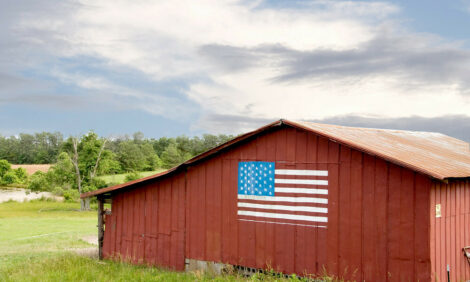



New suite of biosensors will help improve flock health and productivity
Acoustic sensors that monitor the wellbeing of chicks are among a new suite of biosensors introduced by Greengage, the Scotland-based agri-tech business.The acoustic sensor – known as ALIS Chirpy Sensor - has been developed in conjunction with research at Newcastle University and the University of Roehampton in London, which has benefited from one of the Government’s Innovate UK projects.
As well as targeting the sounds made by chicks during the brooding period, the suite also provides sensors that monitor flock mobility and environmental conditions. One of their major benefits is ease of installation, clipping on to existing cabling for Greengage lighting systems.
“Over the past three years research at the two universities has identified the sounds made by chicks when they are suffering different types of stress,” said Matt Kealey, Director of Sales and Marketing for Greengage Lighting and Agri-tech. “Using acoustic sensors will help to identify the problem as it occurs and prioritise the remedial action.

© Greengage
“One of the research findings is that the stress can be contagious, influencing the behaviour of neighbouring birds.”
All the biosensors are designed to monitor the critical parameters for welfare and productivity and provide a valuable diagnostic tool in early detection of health issues. The suite includes:
- ALIS Chirpy Sensor detects the emotional state of the flock.
- ALIS Cluster Sensor views flock mobility under any lighting level.
- ALIS Greenhouse Sensor monitors levels of ammonia, carbon dioxide and humidity and alerts any abnormality.
- ALIS Ambient Sensor measures light and temperature.
All the sensors clip on the same ALIS (Agricultural Lighting Induction System) induction power cable used for lighting in livestock housing.
This power technology is at the heart of the ALIS platform chosen by Greengage because of its numerous benefits. The LED lamps are not hardwired – they simply clip on and off, so they are easy to install, maintain and reposition.
Biosecurity is enhanced since external contractors are not essential to maintain the lamps, which are safer than incandescent and fluorescent lights and have a much lower energy consumption.










